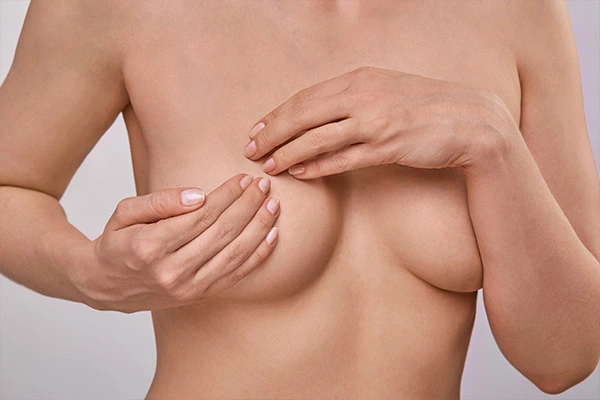Inverted nipples are a common condition in which the nipples are turned inward, rather than projecting outward. While this condition is not harmful, it can cause discomfort and self-consciousness for some people. Inverted nipple surgery, also known as nipple correction surgery, is a procedure designed to correct this condition, creating nipples that are more aesthetically pleasing and functional. In this blog, we will explore the key aspects of inverted nipple surgery and what you can expect from the procedure.
Reasons for Inverted Nipple Surgery
There are several reasons why someone might choose to undergo inverted nipple surgery. In some cases, the condition may be congenital, or present from birth, while in others, it may develop over time due to a variety of factors such as injury, breast-feeding, or aging. Regardless of the cause, inverted nipples can cause physical discomfort, such as chafing, as well as emotional distress, leading some people to seek correction through surgery.
The Procedure Inverted nipple surgery is typically performed on an outpatient basis, under local anaesthesia. During the procedure, a small incision is made in the areola and the tissue that is causing the nipple to be inverted is released. In some cases, a small piece of tissue may be removed to help keep the nipple erect. The incision is then closed with sutures, and the nipple is repositioned in a more natural position.
Recovery and Results
After the procedure, you can expect some swelling and discomfort, which can be managed with pain medication. You should also expect some scarring around the areola, although these scars should fade over time. It’s important to follow your doctor’s postoperative instructions carefully to ensure proper healing and the best possible results.
In terms of results, most patients see an improvement in the appearance and function of their nipples after inverted nipple surgery. The nipples should be more aesthetically pleasing, and less likely to become inverted again in the future. It’s important to note that while the procedure is effective, there is no guarantee that the nipple will remain erect permanently, and some patients may need additional procedures in the future to maintain their results.
Potential Risks and Complications
As with any surgical procedure, there are potential risks and complications associated with inverted nipple surgery but thankfully they are rare. These may include infection, scarring, loss of sensation in the nipple, and the possibility of the nipple becoming inverted again. It’s important to discuss the risks and benefits of the procedure with your doctor, as well as your expectations and goals, to ensure that you are fully informed and prepared for the procedure.
In conclusion, inverted nipple surgery is a procedure designed to correct inverted nipples, improving both the appearance and function of the nipples. While there are potential risks and complications associated with the procedure, for many people, the benefits of the procedure, such as increased self-confidence and improved physical comfort, outweigh the risks. If you’re considering inverted nipple surgery, it’s important to talk to your doctor and understand the procedure, as well as what to expect during recovery, to ensure that you are fully prepared for the procedure.






